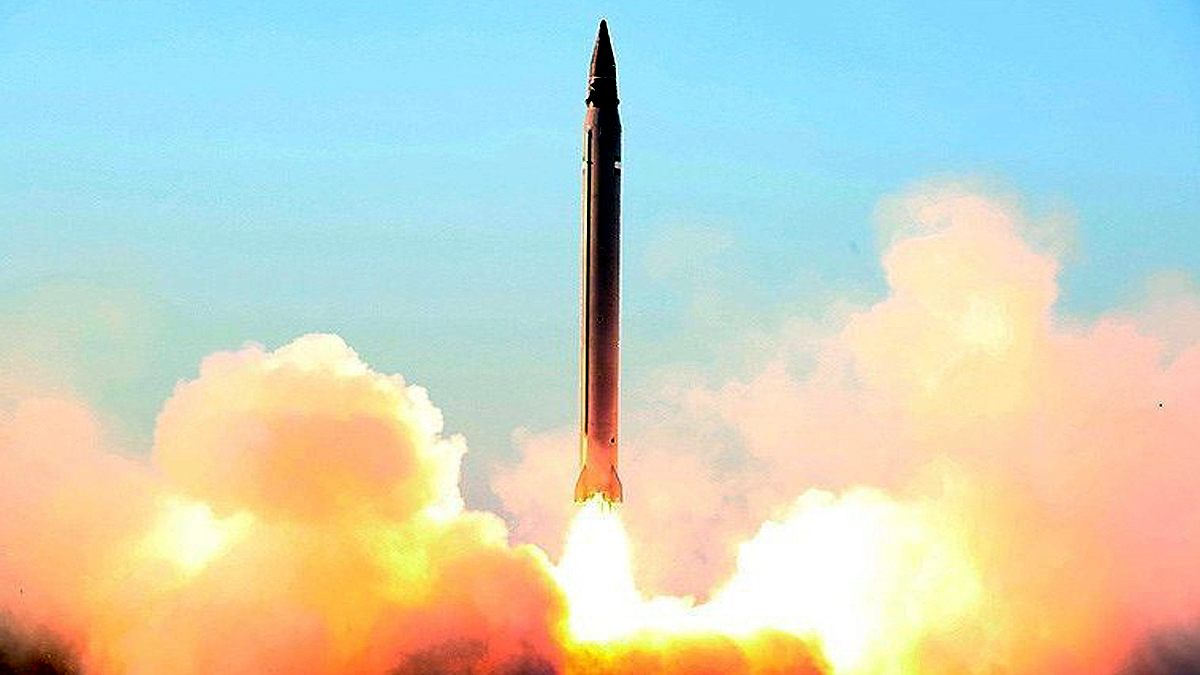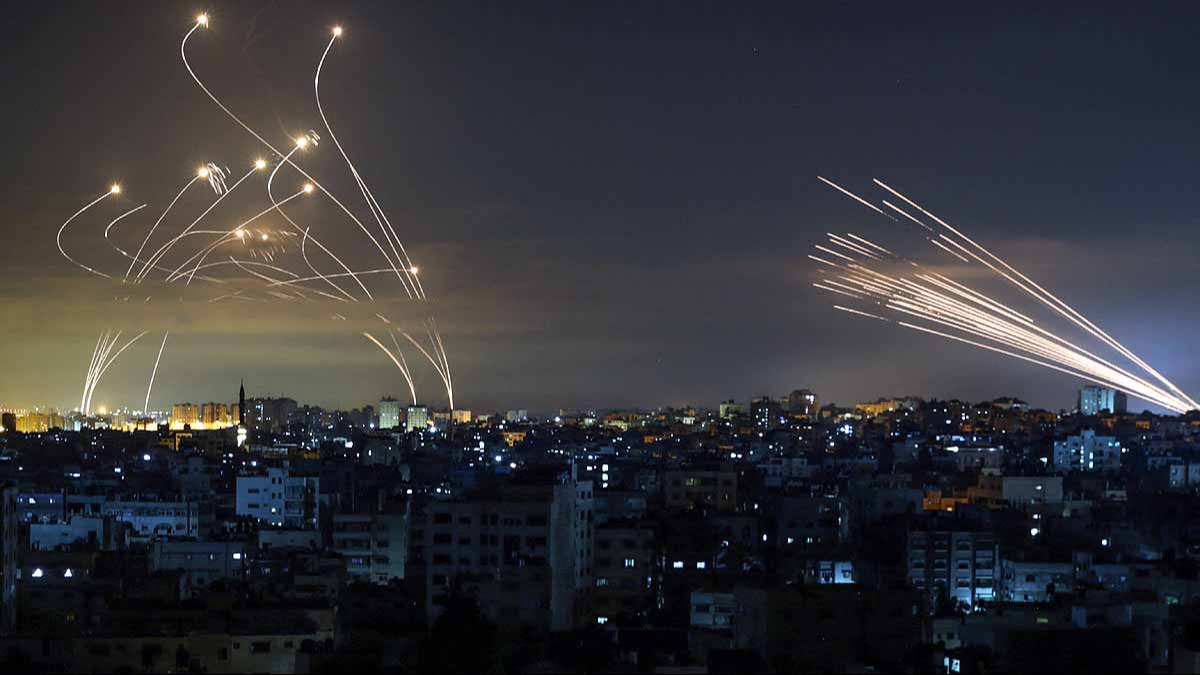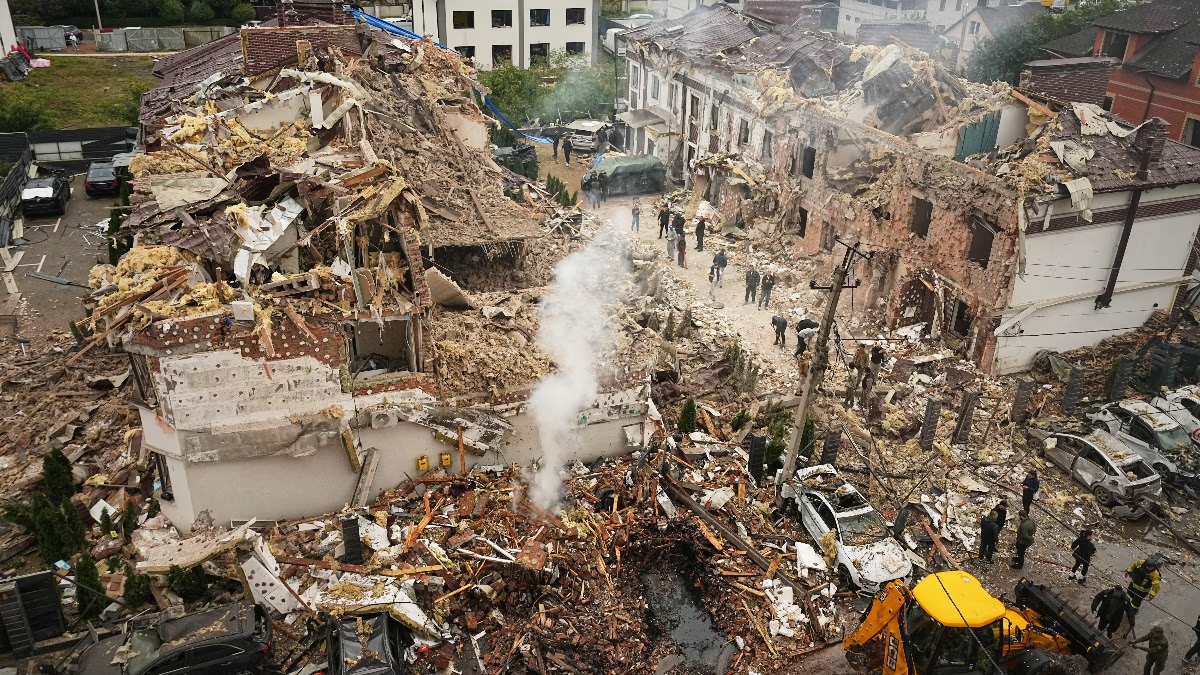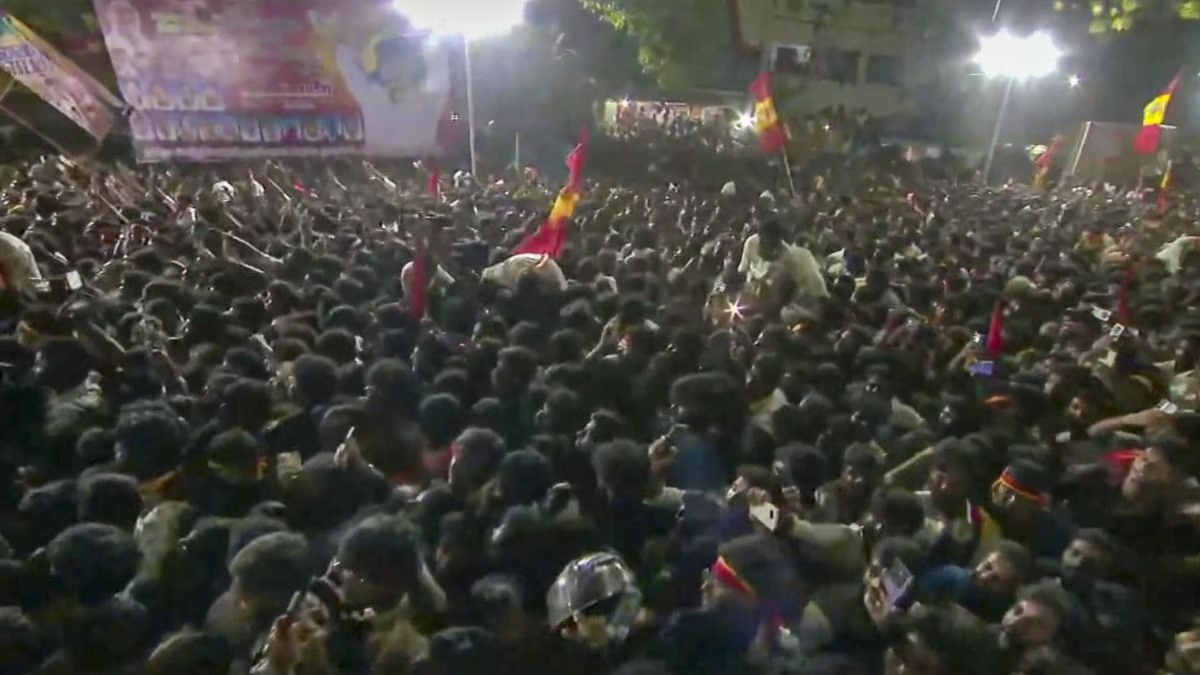On the night of April 13, 2024, Iran initiated an assault on Israel with a total of 331 missiles and drones, which included the Shahed-136 'kamikaze' drones capable of long distances up to 2000 kilometers, carrying a 50 kilogram warhead payload. Additionally, the Emad ballistic missile was launched, boasting a range of 1700 kilometers.
Despite the onslaught with a variety of ballistic missiles—some of which authorities did not publicly report—Israel successfully neutralized 99 percent of the aerial threats with its air defense system, with over 30 Paveh cruise missiles fired towards Israel, each with a reach of 1650 kilometers.
All 185 suicide drones were intercepted by Israel's Iron Dome and Arrow-3 hypersonic surface-to-air missile system, and 103 out of 110 ballistic missiles were destroyed. Israel successfully downed all 36 cruise missiles launched by Iran, with only seven ballistic missiles evading interception.

Source: aajtak
Interception involves the prevention and neutralization of enemy aircraft, missiles, helicopters, or drones before they can enter one's airspace—either in the sky or at the edge of space. The Iron Dome, Sea Dome, and Arrow air defense systems played pivotal roles in Israel’s interception capabilities.
The Emad missile is a liquid-fueled medium-range ballistic missile with a diameter of 1.25 meters and capable of carrying a single warhead weighing 750 kilograms. With a CEP of 10 meters, it ensures the target's complete destruction within a 10-meter deviation from the point of impact. Its range extends up to 1700 kilometers.
In addition, the Emad missile is equipped with a maneuverable re-entry vehicle (MaRV), which allows for directional adjustments when necessary. This puts it in the category of an intermediate-range ballistic missile (IRBM) and makes it comparable in appearance to the Shahab-3 missile. It has been in use by the Iranian military since 2016.

Source: aajtak
The Ghadr-110, another medium-range ballistic missile, features a range of 1800 to 2000 kilometers and travels toward its target at a speed of 11,113.2 km/hr. Classified as an anti-satellite missile and IRBM, it is guided by inertial guidance and GPS navigation. A two-stage missile, the Ghadr-110 has a first stage powered by liquid fuel and a second stage with solid fuel. Its length measures 15.5 meters.
The Shahed drone is a notable piece of Iranian loitering munition, also known as a 'suicide bomber' drone. This drone was also deployed in the Russia-Ukraine conflict. With a wingspan of 3 meters and a length of 2.5 meters, it can reach a range of 2000 kilometers.
In a single night's skirmish, Iran spent over one trillion rupees on 110 ballistic missiles, priced between 250 to 417 crore rupees. They also launched 36 to 45 cruise missiles costing approximately 33.41 to 58.47 crore rupees, and 170 Shahed suicide drones with a total cost of around 33 to 54 crore rupees, summing up to about 520 crore rupees spent on the assaults. In contrast, Israel expended a staggering 92 thousand crore rupees in its defensive measures.




